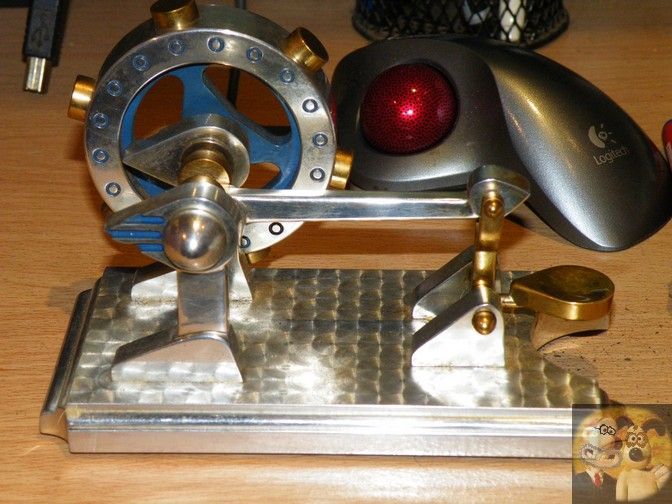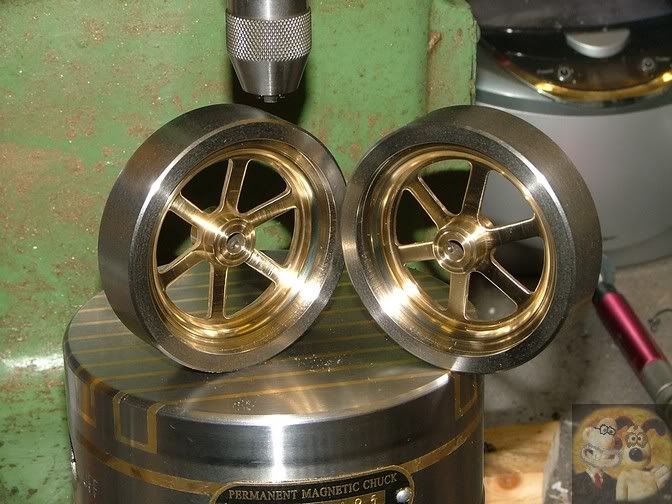simister
John
Guys, I have just started to build the Webster. However, I notice that Brian and Longboy have used Viton O rings instead of normal steel rings. What is the reason that you have used O rings instead of steel?
Do the O rings give a better seal?
Also, does the aluminium flywheel have sufficient weight or is it better to go for cast? . I would prefer to use aluminium if it is heavy enough.
John
Do the O rings give a better seal?
Also, does the aluminium flywheel have sufficient weight or is it better to go for cast? . I would prefer to use aluminium if it is heavy enough.
John







![IMG_20150124_165503201[1].jpg IMG_20150124_165503201[1].jpg](https://cdn.imagearchive.com/homemodelenginemachinist/data/attach/30/30129-IMG-20150124-165503201-1-.jpg)
![IMG_20150124_165515899[1].jpg IMG_20150124_165515899[1].jpg](https://cdn.imagearchive.com/homemodelenginemachinist/data/attach/30/30130-IMG-20150124-165515899-1-.jpg)
![IMG_20150124_165528069[1].jpg IMG_20150124_165528069[1].jpg](https://cdn.imagearchive.com/homemodelenginemachinist/data/attach/30/30131-IMG-20150124-165528069-1-.jpg)
![IMG_20150124_165658787[1].jpg IMG_20150124_165658787[1].jpg](https://cdn.imagearchive.com/homemodelenginemachinist/data/attach/30/30132-IMG-20150124-165658787-1-.jpg)